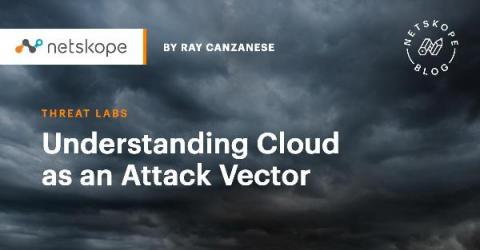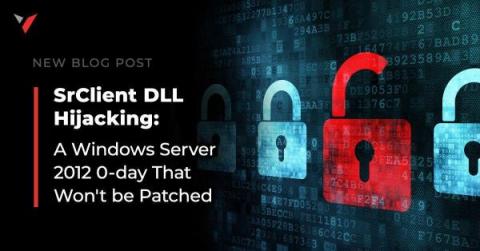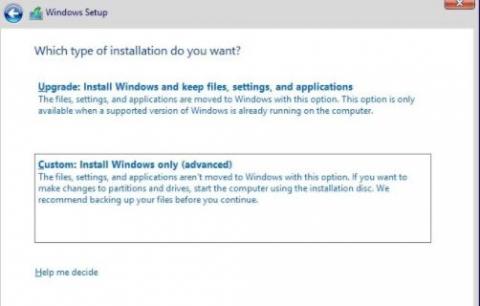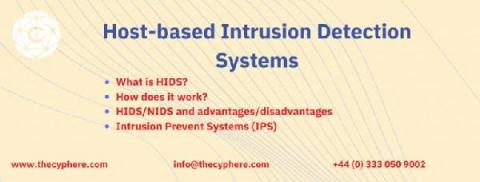Are Your IT Infrastructures Up to Date with the Cybersecurity Compliance Laws in 2021?
It’s an unfortunate fact that cybersecurity is rarely the foremost of concerns among small- to medium-sized businesses. However, investing in cybersecurity is becoming even more important as these organizations undergo digital transformation. It may seem like there are more important priorities on which a small business could focus, but putting your company and your customers at risk of a cyberattack can have huge consequences.











